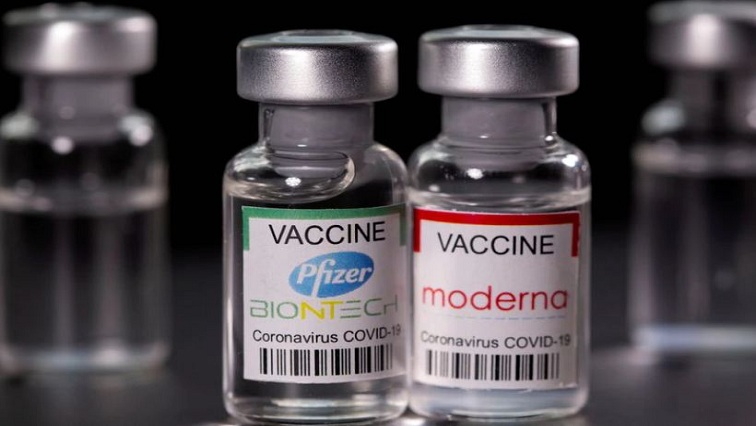Updated COVID-19 boosters provide enhanced protection against new subvariants of the coronavirus in people who previously received up to four doses of the old vaccine, according to data from the first study to assess how the updated shots work in the real world, US officials said on Tuesday.
The findings support the company’s research showing that their updated shots elicited higher antibody responses against the BA.4/B.5 subvariants than their original shots a month later.
The study, which involved more than 360,000 people, compared the updated boosters from Pfizer/BioNTech and Moderna, which target both the original virus and the Omicron BA.4/5 coronavirus subvariants, with their previous COVID-19 vaccines.
The data is published in the weekly report of the Centers for Disease Control and Prevention of the US Morbidity and Mortality Weekly Report.
The new shots were introduced in the United States in September after they were approved based on human trials of the vaccines, which included an earlier version of Omicron, as well as data on the BA.4/BA.5 boosters from laboratory and animal studies.
The latest study found that vaccines benefited people aged 18-49 more than older people.
When given eight months or more after the previous COVID vaccination, the relative effectiveness of the new boosters compared to the original vaccinations in preventing symptomatic disease was 56% among people aged 18–49 years, 48% among people aged 50–64 years, and 43% % among people age 65 and older, the study found.
The effectiveness of the vaccine dropped to a range of 28%-31% when boosters were administered only two to three months after the previous vaccination.
The study authors noted several limitations, including that participants may not have accurately recalled their vaccination status, history of prior infections, and underlying medical conditions, and that low uptake of new boosters may have biased the results.
So far, about 35 million booster boosters have been administered in the United States, about 10% of the total population, US data show.
Also, the results cannot be generalized to future variants, as dominant variants continue to evolve, the authors say.
In the past two months alone, subvariants BQ.1 and BQ.1.1 have become the dominant version of the coronavirus in the United States, overtaking Omicron’s BA.5 subvariant, which the updated accelerators are targeting.







